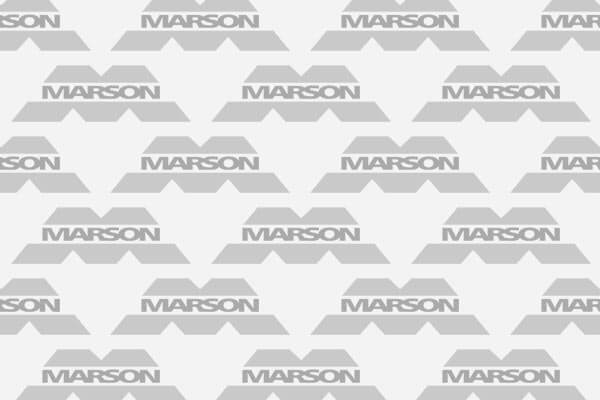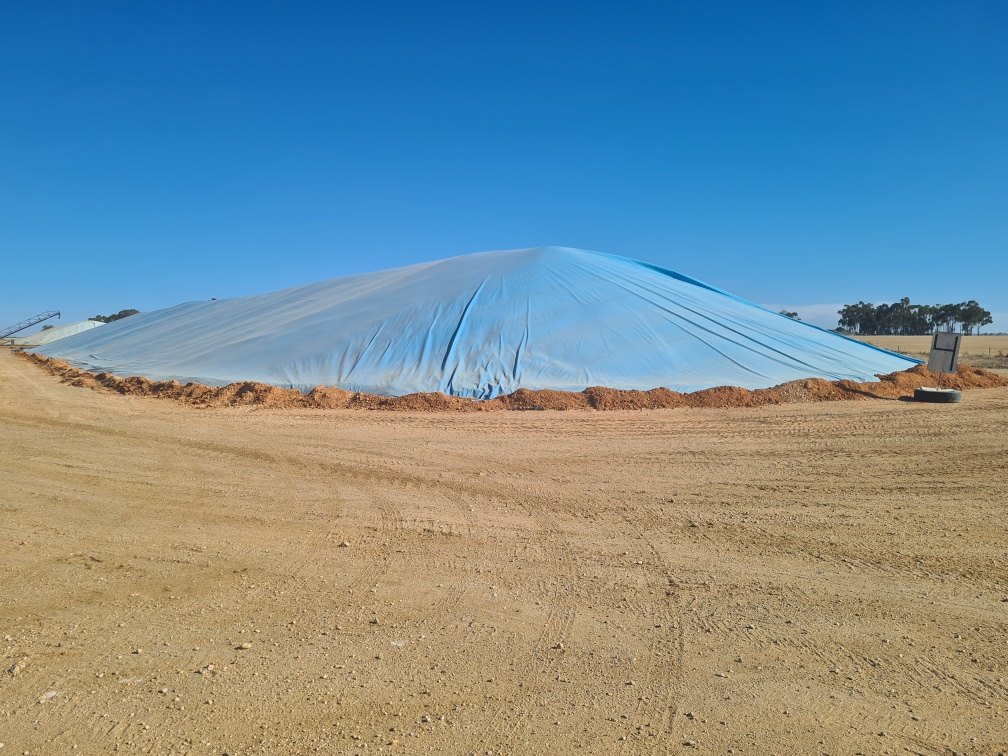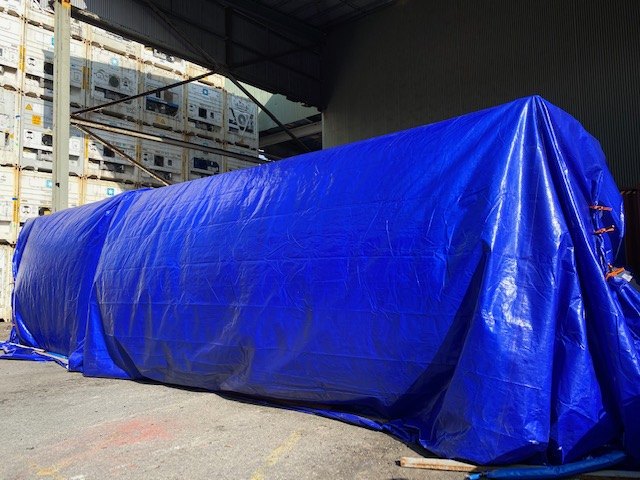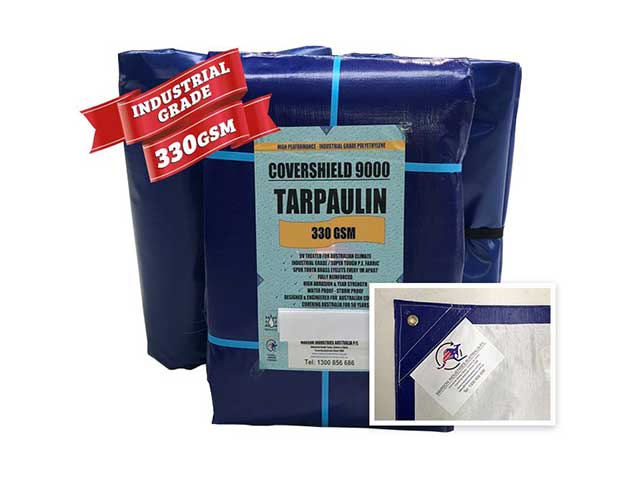Tarps, Covers & Liners. Industrial Textile Fabrication.
Protective bund lining systems that are based on chemical resins are used to provide cost-effective and long-lasting solutions to containment areas in processing plants. These chemical bunds provide containment structures with air-tight and water-tight protective sealants to protect the environment from leakages originating from the containment facilities. In a bid to conserve the environment, some governments have set it as a regulation for all manufacturing plants to reinforce their containment facilities with suitable bund liners.
The 5 chemical bund liner benefits, is an article that takes a look at some of the chemical bund lines that can be used in the achievement of fail-proof containment facilities and their inherent advantages. The emergence of bund lining materials took place a few years ago and such materials were incorporated into the bitumen-based paint products. Although the bitumen-based bund liners were fairly easy and cheap to use, they had a myriad of inherent limitations.
The main issues with bitumen-based bund liners were that they soften at higher temperatures and become brittle at lower temperatures. Their degradation under UV light plus their general lack of resistance to hydrocarbon based fuels were yet another set of limitations that saw the bund liners lose much of their popularity in bitumen paint products. In the article entitled 5 chemical bund liner benefits, we shall discuss the following bund lining systems which have been developed from unique materials.
- Vinyl ester bund liner systems
- Polyurethane bund liner systems
- Epoxy bund liner systems
- Polyurea bund liner systems, and
- Bund liner systems that use alternate resin types.
We shall be discussing each of these bund liner systems briefly as we highlight the benefits of each as well as their application areas. Letís start off, shall we?
-
Vinyl Ester Bund Liner Systems
Vinyl ester resin is a synthetic resin that is obtained by the esterification of an epoxy resin with a monocarboxylic acid that is unsaturated. Vinyl ester resins are used as alternatives to polyester and epoxy materials. They are ideal substitutes for the named materials where it can be demonstrated that their cost-effectiveness, durability, and strength falls between that provided by the individual components it replaces.
However, vinyl ester resins often have lower viscosity than either polyester or epoxy. This provides an advantage in that their end products are free-flowing and extremely easy to apply. The application areas of vinyl ester resin bund liners range from the reinforcement of smaller self-contained bunds to much larger on-site laminated systems, motar matrices, and mechanical resistances.
-
The advantages of using vinyl ester resin bund lining systems include:
- Its excellent resistance to acids and alkalis
- Its excellent resistance to hydrocarbon solvents
- Its good resistance to oxidizing agents
- More cost-effective than epoxy resins, and
- Its very fast hardening and curing
-
Polyurethane Bund Liner Systems
These systems have in the past 25 years or so been used for many waterproofing and protective coating applications. Polyurethane resin material is characterized by having great chemical resistance and waterproofing capabilities that have seen it become the ideal bund liner for trafficked structures and car parking areas. Polyurethane is formed by a number of different component groups with each of them having bonds similar to those found in urethane.
One component polyurethane resins, which use water as the curing catalyst, are very sensitive to moisture and should only be applied on dry substrates. Their inherent poor performance and durability makes them ideal for light duty applications only. For heavier applications, the two-part polyurethane resin bund liners will do just fine.
-
Polyurea Bund Liner Systems
Polyurea bund liners were first used in the early 90ís where they provided increased performance in terms of their chemical resistance and their advanced mechanical properties that were absent in earlier resin types. The advantages of Polyurea bund lining systems include their high tensile strength, moisture tolerance, rapid curing, excellent resistance to heat, and their environment friendly nature.
-
Epoxy Resin Bund Liner Systems
Epoxy resins are the mostly used and most popular materials used for bund lining. They have extensively been used to reinforce the sealants in contamination facilities and other bundled containment areas due to their durability, strength, and resistance to a number of destructive agents. The different epoxy based bund lining products include solvent free resins, phenolic epoxy resins, and water dispersed epoxy resins.
The primary benefits of epoxy resin bund liners are derived from their hard nature as well as their resistance to abrasion. This makes them ideal for use in containment facilities that can be trafficked.
-
Bund Liner Systems That Use Alternate Resin Types
Bund lining systems can also be obtained from different synthetic resin technologies. Such technologies must be reaction hardening in order to obtain the strength required for the containment facilities. These resin types are obtained through a mixing of the various individual components to the point whereby a homogeneous solution is obtained. The mixture of 2-component synthetic resins should be thorough and done shortly before their application to prevent hardening.
These bunding systems also exist in two varieties; the two-component bund lining materials and the one-component materials that have limited applications due to their weak nature.
In conclusion, the 5 chemical bund liner benefits have been presented implicitly in our discussion on the various types of bund lining materials. Each of the materials discussed above has its own unique set of advantages over the others and that is why it was deemed necessary to conduct the discussion in the manner above.
Share this post




